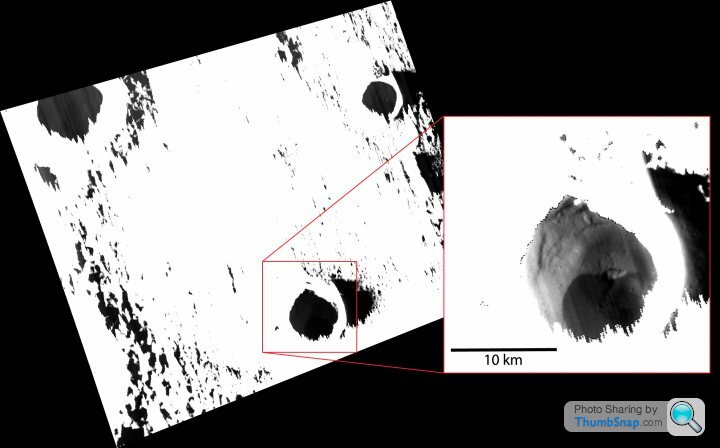We May Be Alone In The Milky Way After All (says Brian Cox)
Discussion
Blaster72 said:
Ta very much, still confused though. If it's moving away from us faster than the speed of light how does the light ever reach us?
relative velocities of both galaxies add up to more than the speed of light.So whilst we are moving apart faster than C neither galaxy is actually moving faster than C
Say both are moving at 0.6C directly away from each other, the total distance is increasing at 1.2C
So if the current gap is 100 million light years, both at 0.6C speed, we still see the other galaxy but the light from there takes 160million years to reach us.
- note light's speed isnt affected by how fast the object creating it is going. go 0.9C and light will still travel at C.
Edited by RobDickinson on Wednesday 29th October 23:14
I'm sure there is a theory out there that states that the universe will continue to expand and that the rate of expansion will continue to speed up. Such that, at some point galaxies/stars will be moving away from each other at the speed of light. When that happens,the light from them will never reach each other (us?). At which point the sky will be completely dark.
vetrof said:
I'm sure there is a theory out there that states that the universe will continue to expand and that the rate of expansion will continue to speed up. Such that, at some point galaxies/stars will be moving away from each other at the speed of light. When that happens,the light from them will never reach each other (us?). At which point the sky will be completely dark.
As explained earlier, that is one possibility (the others being that it slows then collapses, or that it tends to a particular size), but it's now been ruled out by measurement of the Hubble constant.Certainly interesting place and you will be forgiven for thinking it is the Moon for some of the shots.
This one from Messenger is probably pertinent to this thread.
Explanation in here
http://messenger.jhuapl.edu/gallery/sciencePhotos/...

This one from Messenger is probably pertinent to this thread.
Explanation in here
http://messenger.jhuapl.edu/gallery/sciencePhotos/...
MESSENGER said:
Of Interest: This image looks like a mistake! However, it was actually acquired just as planned. In order to see the ice-bearing surface in one of Mercury's permanently shadowed craters, which was being illuminated only by a very small amount of light scattered in from the nearby crater walls, the portion of the image that covers the directly sunlit surface was extremely overexposed. The box in red shows a portion of the image with a different stretch applied. The crater highlighted here reveals a location of ice buried beneath a dark, potentially organic-rich, layer of material.

Gassing Station | Science! | Top of Page | What's New | My Stuff



